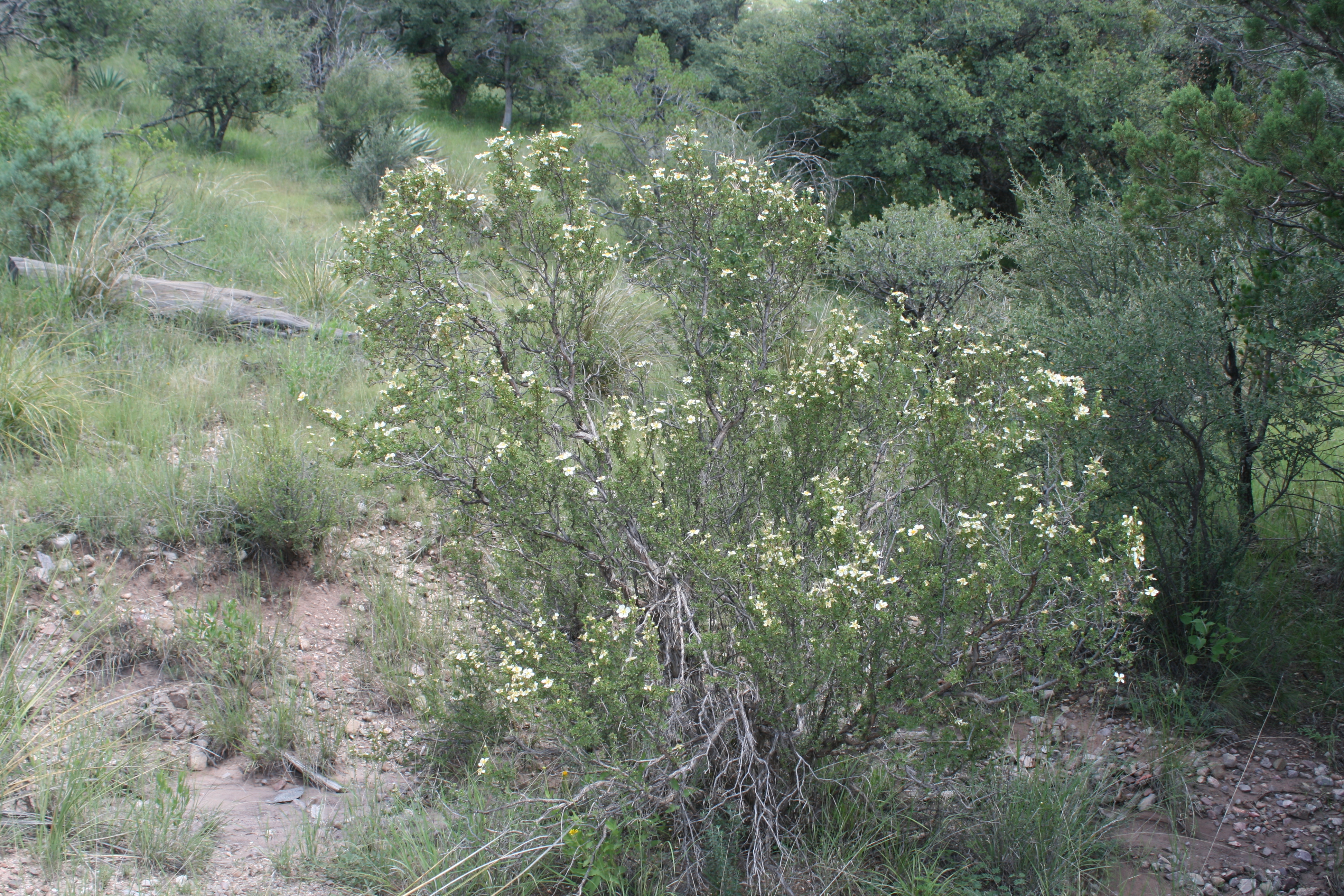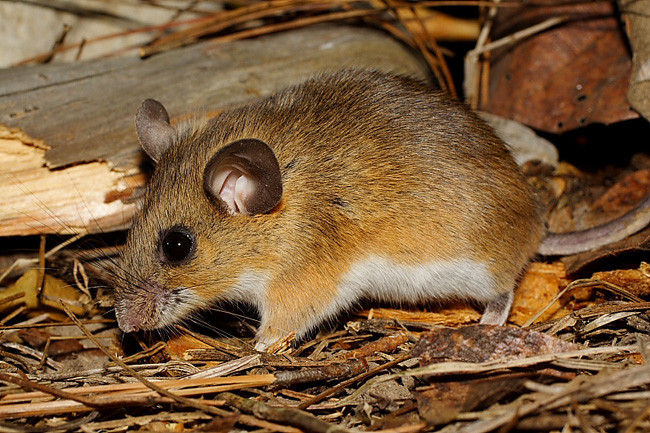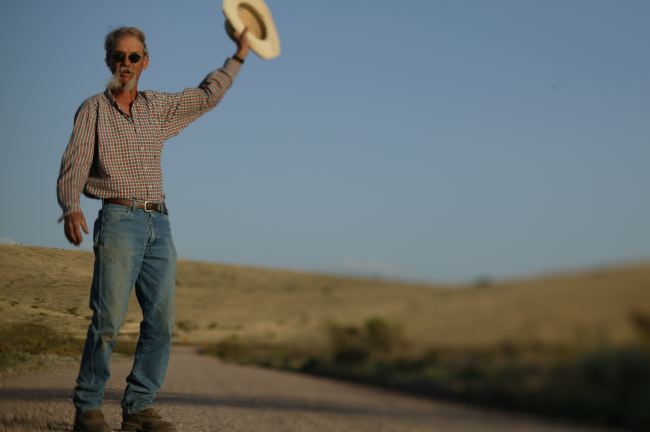It’s fun to have favorite plants to look for on excursions into the hills. Looking back at photos and my notes, we have been checking on this particular population of Lemmon’s milkweed for a few years. I’m guessing that as long as we’re in the area, we’ll continue to stop by for a visit. And yes, I did grab a couple seed pods (follicles) from a plant. Stay tuned.
Botanical names of plants are usually followed by the name of who named it…the author citation. The genus Asclepias is followed by an L. That’s Linnaeus. And if one looked through the numerous species names (200 plus), after tuberosa you see the citation L. Someone sent Linnaeus a dry specimen of a North American milkweed and Carl named it. So he is cited for both the genus Asclepias and the species tuberosa. But listen, it was the famous American botanist of the 1800s, Asa Gray that honored the husband wife botanists John and Sara Lemmon with the name lemmonii, for the species jabbered about in this episode, Asclepias lemmonii. Yay!
The photos are mine.



Cliffrose is the star of this show. It also goes by the common name quinine bush or the scientific name of Purshia mexicana. If...

Petey peers into an old bird nest in a tree and discovers the work of a deer mouse.

Petey fondly remembers an old friend and a favorite plant.